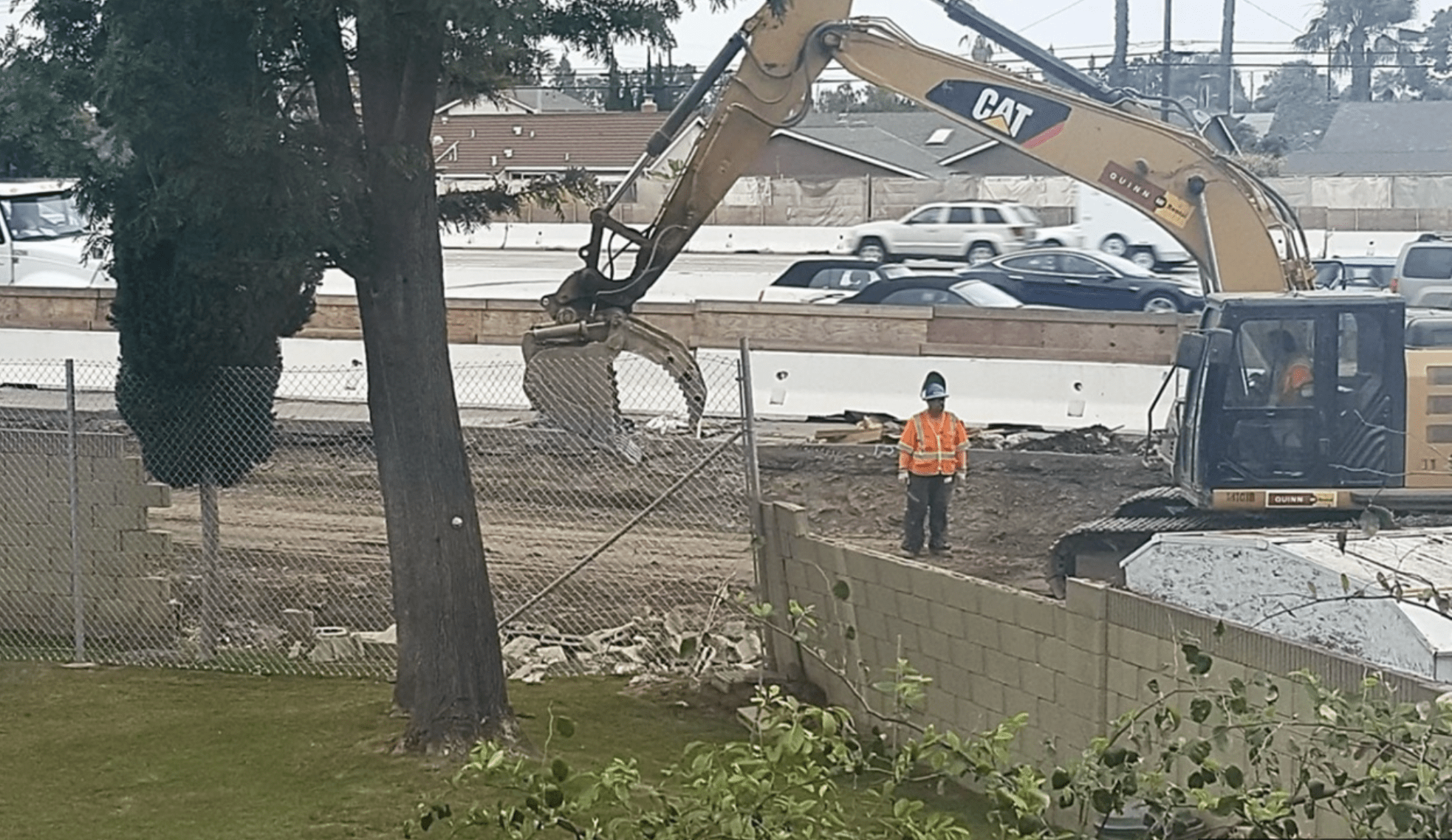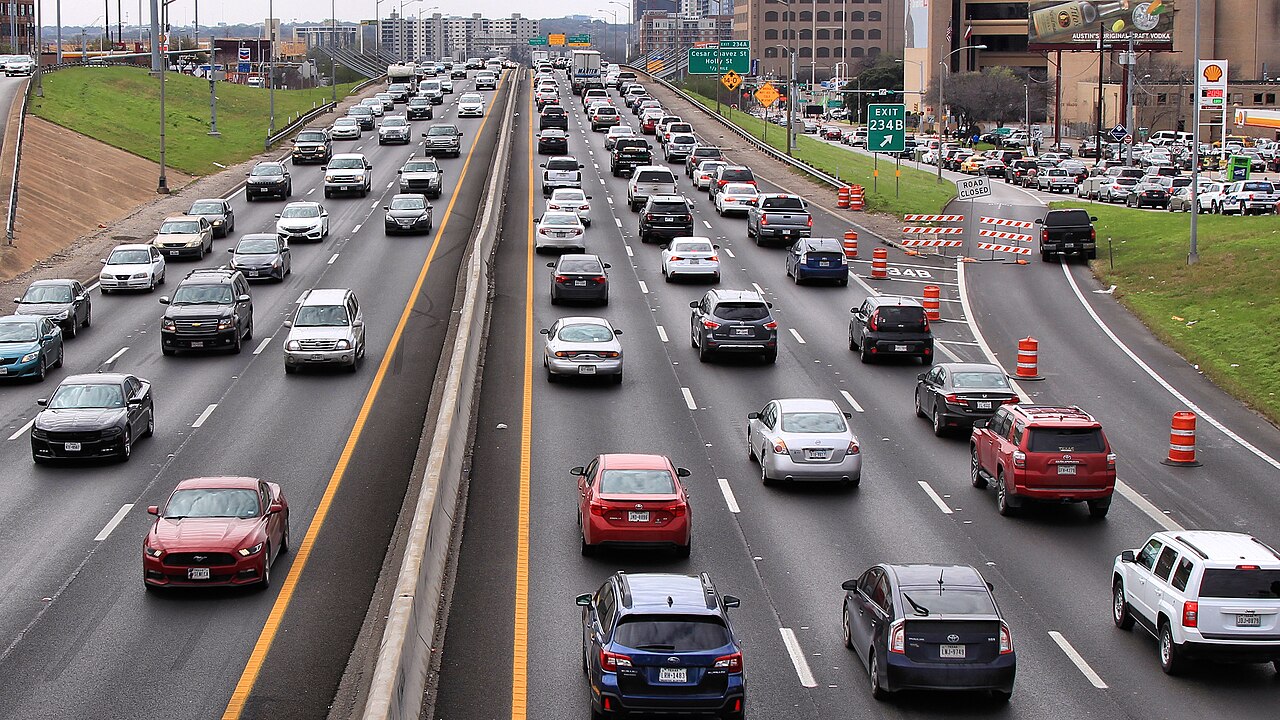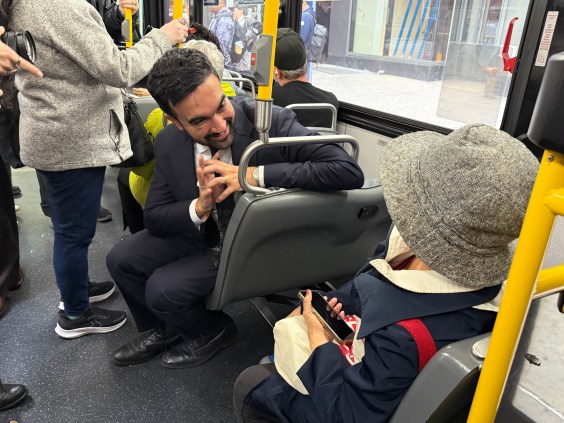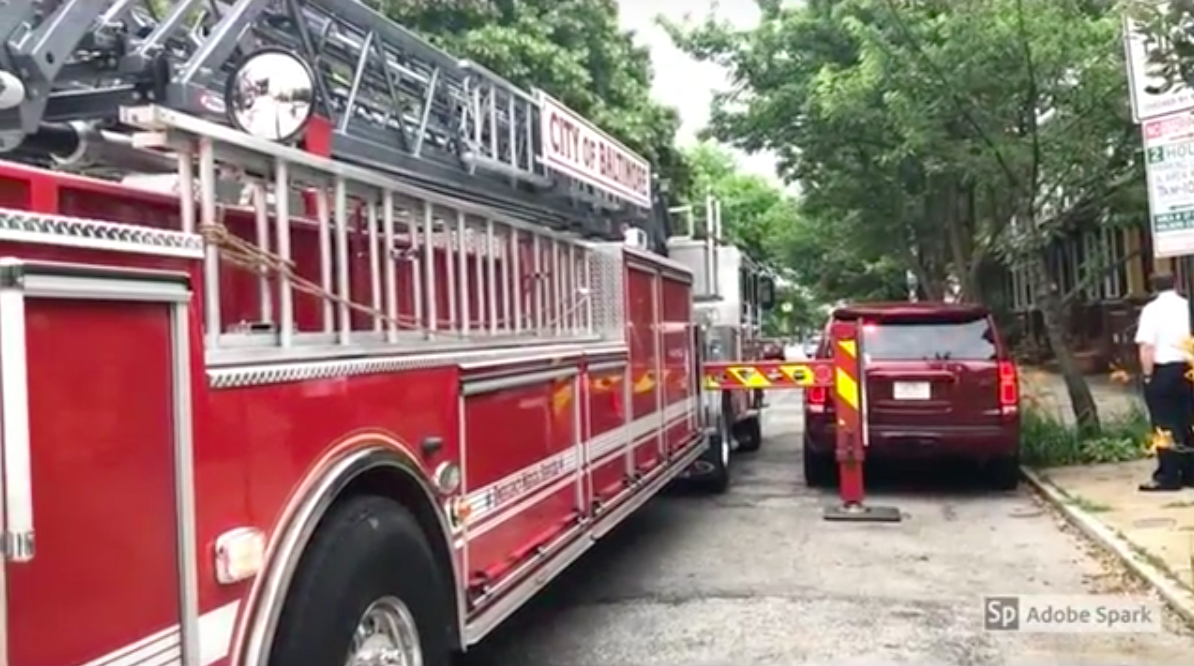Editor's note: this article originally appeared on the Frontier Group and is republished with permission.
Growing up, I looked from my bedroom window over the 20-foot backyard wall to see cars, trucks and the occasional motorcycle driving by on the 10-lane, I-405 freeway.
In 2017, the Orange County Transportation Authority decided to expand the I-405 by adding two express lanes and one regular lane each on both sides of traffic. I was afraid my house would be taken in the process. That didn’t happen, but OCTA negotiated the rental of space in our backyard and temporarily removed the wall separating my home from the busiest interstate in any U.S. city, flooding the neighborhood with traffic and construction noise for months. Perhaps the most devastating loss was the removal of three 50-foot trees in the backyard that had been planted long before my parents moved into the house.
Why, I wondered as a teenager, could the government not only alter private property, but also take complete and permanent possession of it, without the permission of residents and owners? And even if the government could take our property, was the damage worth it for a few more lanes of traffic?
I quickly learned about the legal concept of “eminent domain.” Eminent domain is recognized by federal law, with the Fifth Amendment to the U.S. Constitution stating that private property cannot “be taken for public use, without just compensation.”However, the scope of eminent domain widened over time. The term “public use” eventually came to mean “public purpose” and, eventually, “public benefit,” creating a pathway for governments to use eminent domain to further nearly any kind of economic development
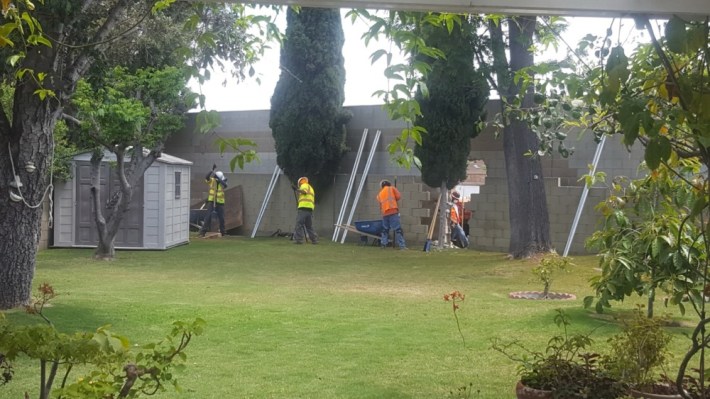
Highway expansion projects, like the one in my backyard, certainly qualify as projects for public use. But do they deliver a public benefit?
Eminent domain has been used to develop this country’s transportation system since the 1800s based on the assumption that improvements to transportation provide a net benefit to the public. In the case of highway expansion, however, these projects often do more harm than good.
Transportation authorities in charge of the I-405 expansion, like many other government agencies proposing highway widenings, claimed that the new lanes would create a “quicker, more enjoyable driving experience.” Yet, there is ample evidence that highway expansion is not an effective tool to reduce congestion.
Adding lanes to an existing highway induces demand for more driving, as the new highway space encourages individuals who might have used public transportation, or traveled at a different time of day, to return to the road. This often results in traffic returning to levels equal to or higher than before, causing congestion to worsen and emissions to rise.
Highway expansions that induce more driving are especially problematic given transportation’s role in global warming. Transportation is the largest source of greenhouse gas emissions in the U.S., with 83 percent of transportation emissions coming from burning gasoline and diesel fuel in cars and trucks.
Projects such as the I-405 expansion stand in direct opposition to California’s ambitious climate commitments. Reducing vehicle travel is a key part of the California Air Resources Board’s overall plan to reach state carbon neutrality goals, but that hasn’t stopped state or local transportation authorities from continuing to pursue highway expansion projects that threaten to intensify emissions, as well as create additional noise, traffic and air pollution.
Pollution levels near freeways are three to four times higher than neighborhoods farther away. The pollution from highways is proven to affect nearby communities, who are at increased risk of respiratory, cardiovascular and reproductive health problems.
The effects of this pollution only worsen with increases in traffic volume, which brings with it increases in emissions from tailpipes, brake, tire and road wear. Despite recognition by the EPA that induced demand increases traffic congestion and air pollution, highway expansion is still taking place in California and around the country – and governments are still taking people’s homes and businesses to enable it.
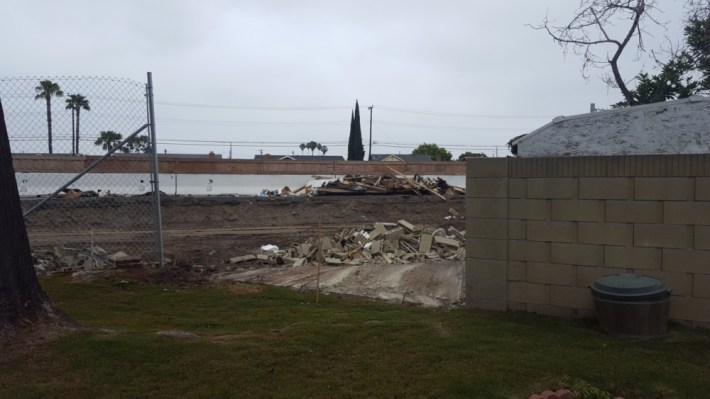
The historic Infrastructure Investment and Jobs Act (IIJA) of 2021 provided $850 billion in funding for various infrastructure projects. As of August 2023, $44.6 billion of these funds have been used towards highway and bridge projects, with 21 percent of these transportation projects dedicated to road expansion.
Some of these projects continue the long history of displacement from highways. A major highway project in Houston to expand Interstate 45 resumed this year despite concerns that the project could displace roughly 1,000 residents and 300 businesses. Other unnecessary highway projects nationwide also create displacement in addition to the other harms caused to public health, the environment and congestion.
Over the past 30 years, more than 200,000 people nationwide have been displaced due to highway construction. With little to no public benefit from highway expansion projects, continuing that displacement makes no sense.
That’s especially true given the wide array of better ways to improve transportation. Modes of travel such as walking, biking and public transportation create less pollution and require less land than the car-centric modes of transportation, and yet receive less priority for federal and state funding.
Instead of knocking down existing communities, we should be building up neighborhoods where homes, jobs, stores and services are close to one another and can be reached without needing a car.
We should not have to give up more space – or more homes, backyards or beloved old trees – for highway construction. Instead we must shift our focus towards sustainable and efficient transportation solutions that benefit both communities and the environment.
